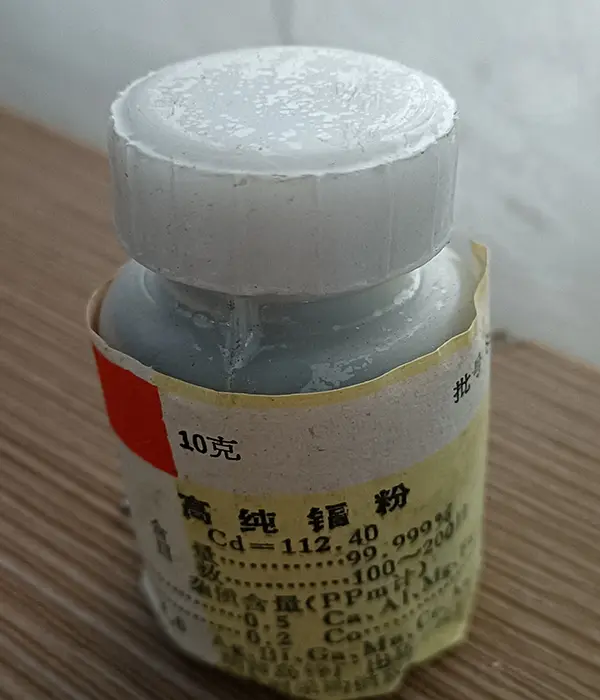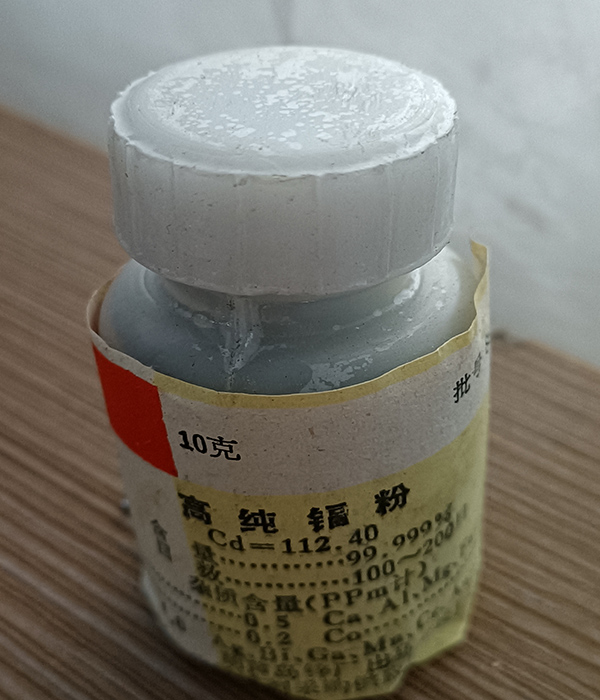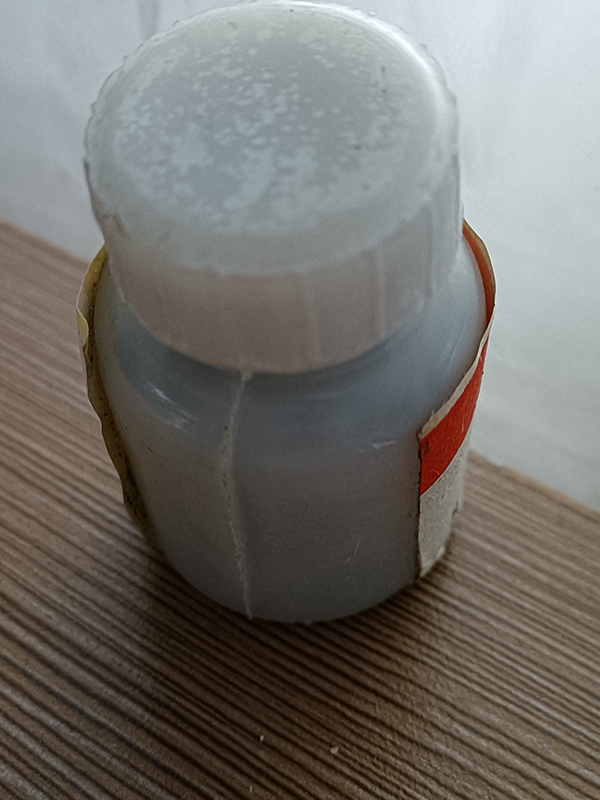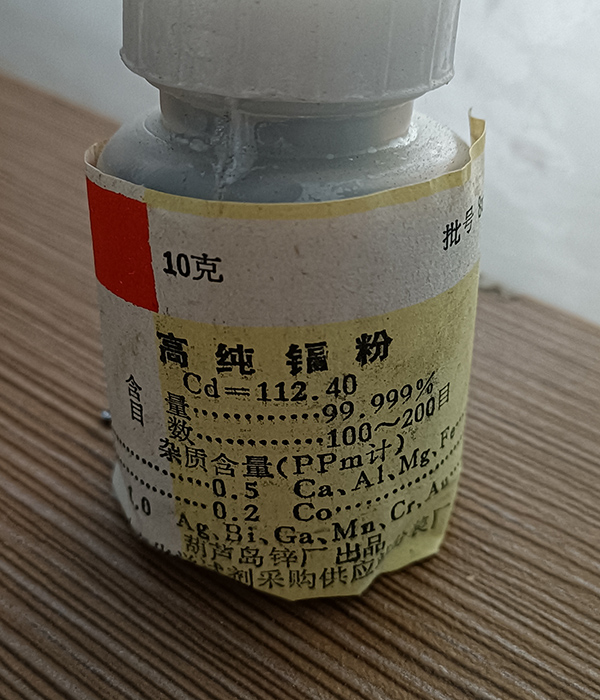Cadmium
Specification or purity 99.98% metals basis, particle size: ≤150um
English name Cadmium
Alias: high purity cadmium
Conditions of transport Regular transport
Product description
It is malleable and ductile, and becomes brittle and burns at 80 degrees. Easily soluble in dilute nitric acid, slowly soluble in hot hydrochloric acid, almost no reaction when cold. Can be converted into sulfate by hot sulfuric acid. 100 grams of mercury dissolves 5.17 grams of cadmium at 18 degrees Celsius. Cadmium salt solution precipitates when it encounters hydrogen sulfide or sodium sulfide. Often made into rods, blocks, powders, etc. Aluminum flux, fusible flux, electroplating, nickel plating deoxidizer, cadmium gas lamp, electrode, photocell, solar ultraviolet photometry.
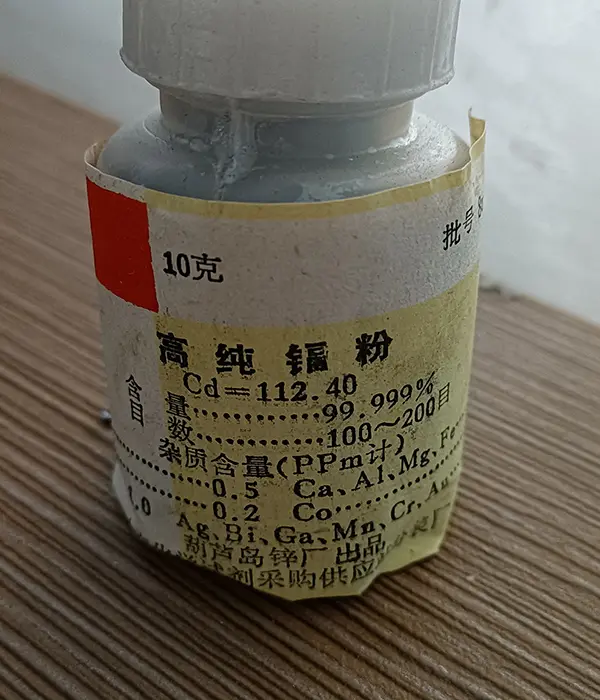
General hazardous chemicals
It is silvery white with a slight bluish luster, soft and malleable. Melting point 321℃, boiling point 765℃; d25 8.65. Its powder can burn or even explode when exposed to high heat or open flame. Spontaneous combustion can occur on contact with air, especially in powder form. With strong oxidants, azide
Acid and tellurium react violently on contact. Contact with acid generates hydrogen gas. Reacts on contact with selenium, sulfur and zinc. Because the surface is rapidly oxidized in the air, it loses its luster and is covered with an oxide film, thereby preventing the metal from being further oxidized. It is easily soluble in nitric acid, dissolves very slowly in dilute sulfuric acid and dilute hydrochloric acid, has no reaction with alkali solutions, and is insoluble in water.
Used for semiconductors, high-purity alloys, batteries, solders, control rods of nuclear reactors, and for the preparation of high-purity reagents and high-purity cadmium salts.
